1. What were the three aspects of the assignments I've submitted that I am most proud of?
I am most proud of my compendium reviews. I feel that I spend a lot of time on those and use the internet as a resource to supplement the class material in a way that makes the learning interesting and the information easy to recall. I am also proud of my quiz grades. I've taken the time to review the material and this is reflected in them. Lastly, I'm proud of the fetal development lab. I learned a lot when picking and choosing the events I felt to be most relevant during the development process.
2. What two aspects of my submitted assignments do I believe could have used some improvement? I could have spent more time on the last lab assignment. We lost electricity for several days this past week and I waited until the last minute to finish that one. I would have liked to use personal pictures instead of ones online, but was under a time constraint to get it done. Also, I would have spent more times with the weblinks this unit. I didn't focus as much on them as I had in other units.
3. What do I believe my overall grade should be for this unit? I feel that I should get an A in this unit. All of my work is complete and on time, as per the directions.
4. How could I perform better in the next unit? Now this makes me happy. This is the last unit.
REGARDING THE UNIT (adapted from Stephen Brookfield, University of St. Thomas "Critical Incident Questionnaire")
At what moment during this unit did you feel most engaged with the course? I felt most engaged during the Fetal Development Lab. A lot of my friends are going through pregnancy so it was the assignment of the most interest to me.
At what moment unit did you feel most distanced from the course? When our power went out this weekend from a monsoon--I couldn't access the coursework and had luckily completed most of it early.
What action that anyone (teacher or student) took during this unit that find most affirming and helpful? I was pretty much on my own in this unit.
What action that anyone (teacher or student) took during this unit did you find most puzzling or confusing? Again, I was pretty much on my own here.
What about this unit surprised you the most? (This could be something about your own reactions to the course, something that someone did, or anything else that occurs to you.) I was surprised about how much of the information I already knew. I'd taken one biology course in high school, and much of this information was covered then. The unit was a good review, though I'd expected more new information.









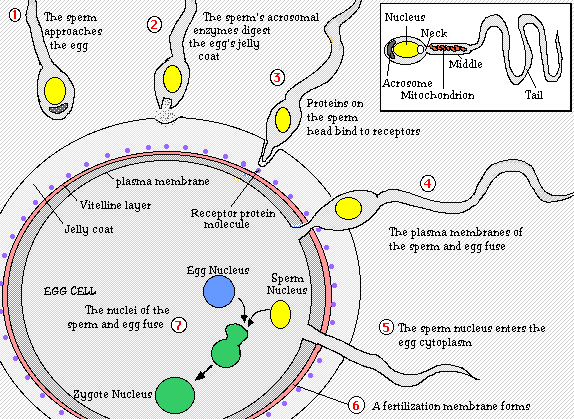















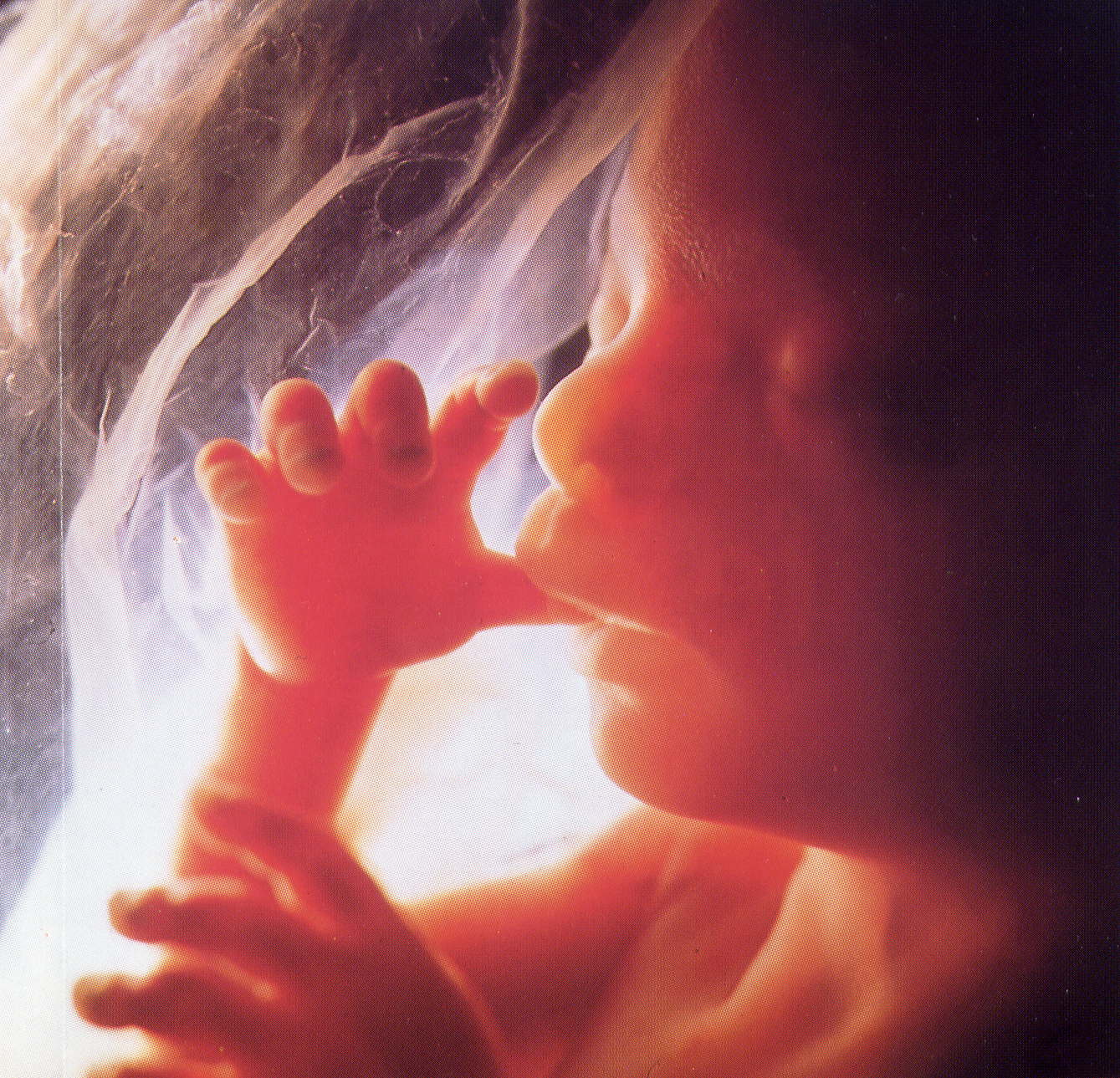







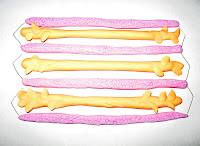




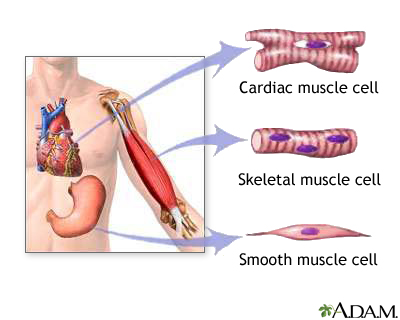
 Muscle contraction as described in detail from the above
Muscle contraction as described in detail from the above 


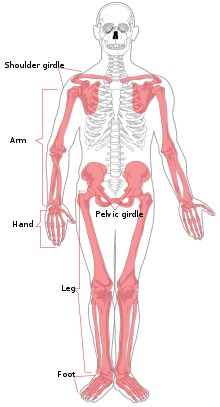




 The cilia of olfactory cells have receptor proteins for molecules that cause the brain to distinguish odors.
The cilia of olfactory cells have receptor proteins for molecules that cause the brain to distinguish odors.

